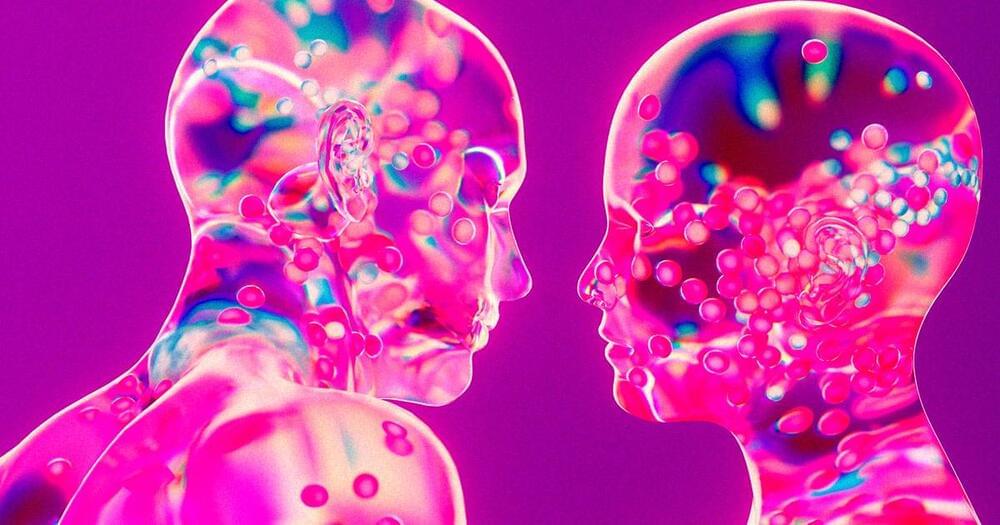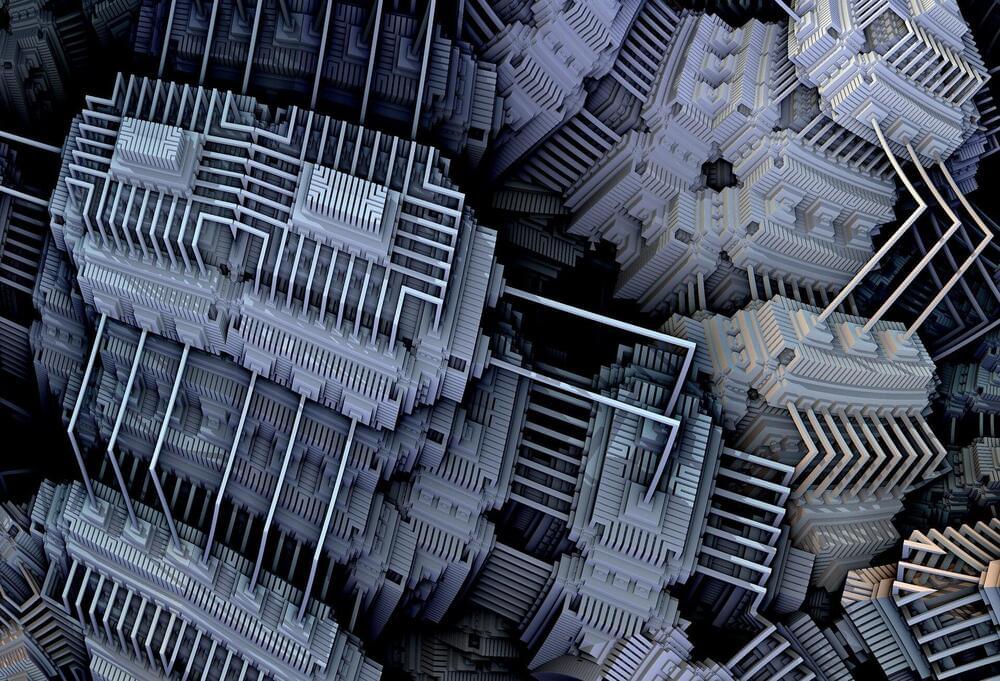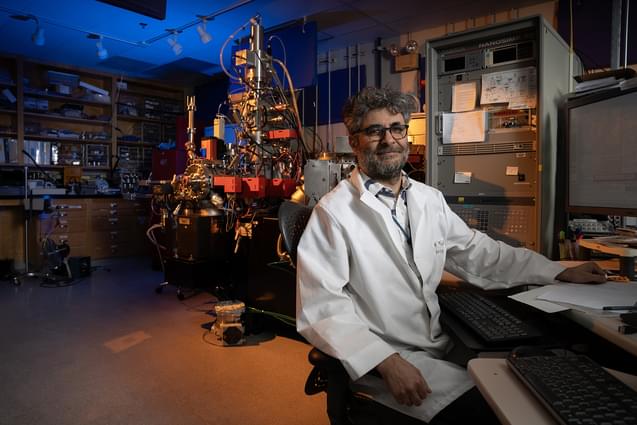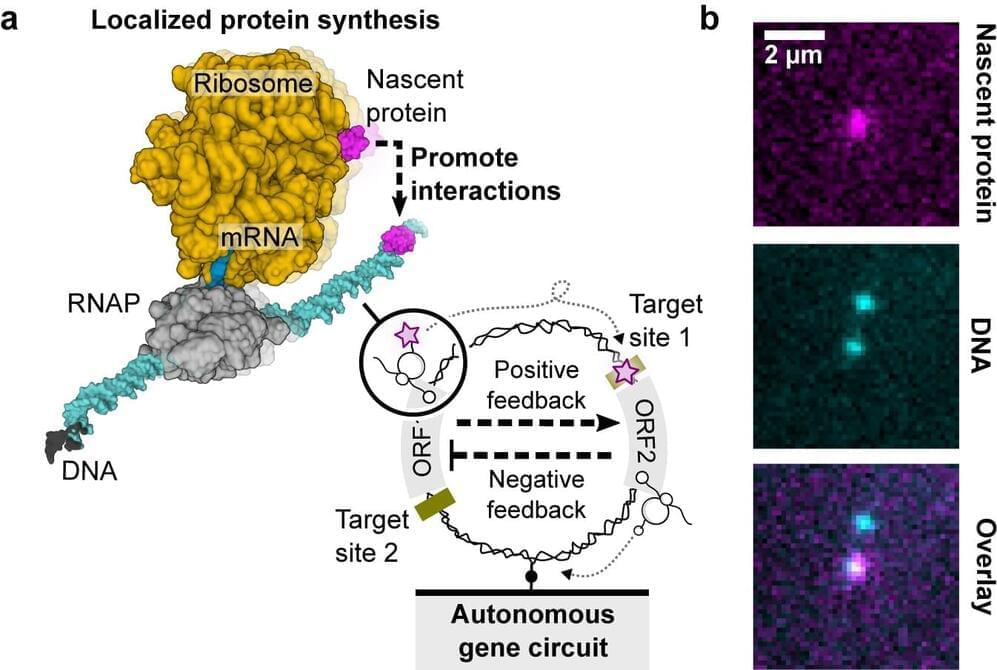Artificial intelligence (AI) is evolving at break-neck speed and was one of the key themes at one of the world’s biggest tech events this year, CES.
From flying cars to brain implants that enable tetraplegics to walk, the show revealed some of the most recent AI-powered inventions destined to revolutionize our lives. It also featured discussions and presentations around how AI can help address many of the world’s challenges, as well as concerns around ethics, privacy, trust and risk.
Given how widespread AI is and the rate at which it is evolving, global harmonization of terminologies, best practice and understanding is important to enable the technology to be deployed safely and responsibly. IEC and ISO International Standards fulfil that role and are thus important tools to enable AI technologies to truly benefit society. They can not only provide a common language for the industry, they also enable interoperability and provide international best practice, while addressing any risks and societal issues.









